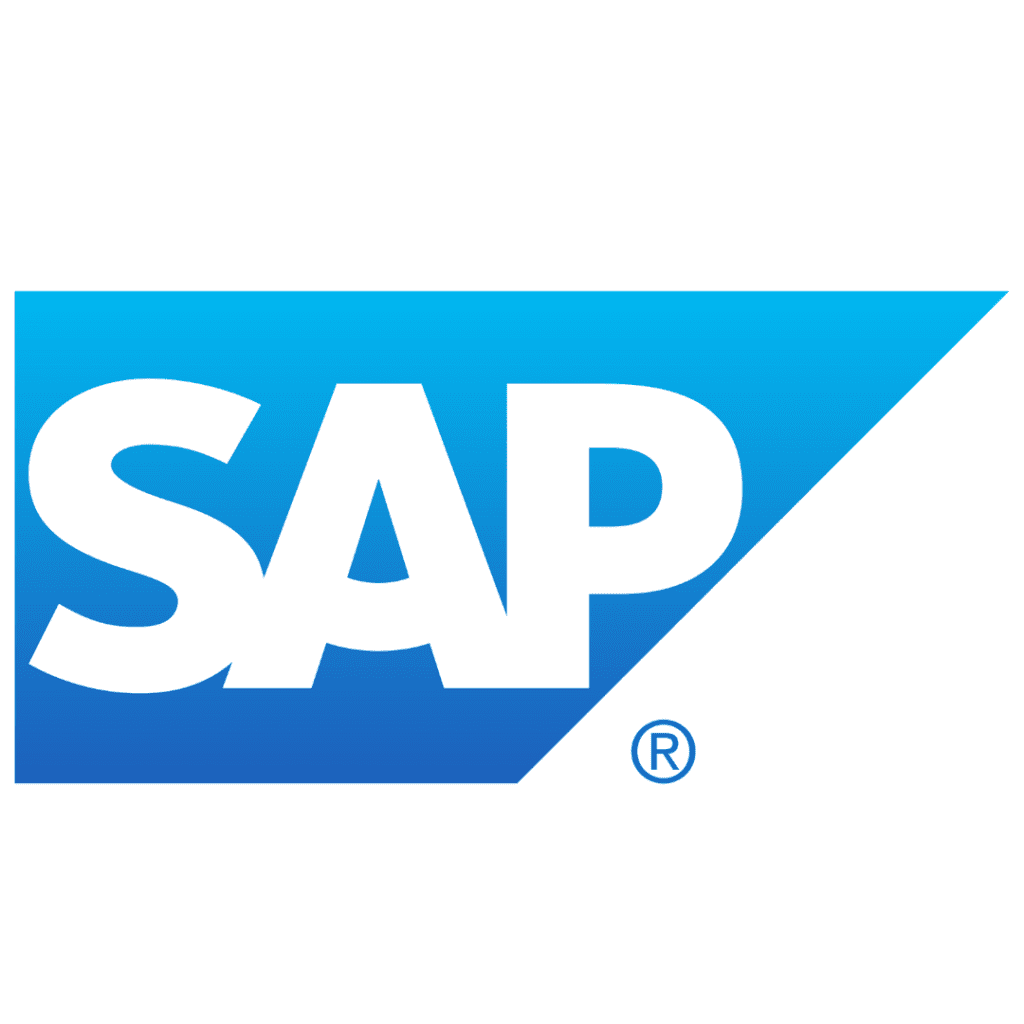
SAP has long been a leader in the enterprise resource planning (ERP) software space, mostly providing enterprise-level integrated solutions for administrative processes. But in more recent years, they’ve started to transition away from their traditional on-premise, data center solutions like SAP ERP 6.0 and other Business Suite 7 tools, in favor of a cloud approach with SAP S/4HANA Cloud.
Are you a current SAP customer looking to transition to the S/4HANA platform? Are you an enterprise in search of the right ERP software to support your back office operations? This review offers a closer look at the features, benefits, pricing, and other common questions about SAP’s S/4HANA Cloud ERP software.
Read More on ERP: Three Key Advances in ERP for 2021
SAP Enterprise Resource Planning (ERP) Software Overview
- What are the Core Features of SAP S/4HANA Cloud?
- Benefits
- Pricing
- What is the Difference Between SAP and ERP?
- Which Types of Businesses Use SAP?
What are the Core Features of SAP S/4HANA Cloud?
SAP S/4HANA was developed as a large enterprise cloud replacement for legacy systems like SAP R/3 and SAP ERP, and retains many of their strongest features. However, S/4HANA advances beyond these legacy systems in the areas of AI-powered analytics, intelligent process automation, and smoother data integration with the SAP HANA in-memory database.
Some of the top features that S/4HANA Cloud offers its customers include the following:
- Cloud-native Design
- Integrated idea to design, procure to pay, plan to production, order to cash, offer to project, and core finance features
- Embedded AI and Machine Learning (ML)
- Advanced Analytics
- Predictive Accounting
- Intelligent Auditing
- Robotics Automation
- Image-Based Buying
- In-Memory Database
- Consumer-grade UX
SAP Cloud ERP Benefits
Business Intelligence
End-to-end business scenarios, embedded intelligent automation, and dynamic resource allocation enable enterprises to quickly optimize and move toward new business models and processes.
Industry-Agnostic
SAP S/4HANA Cloud was not designed with any particular industry in mind, but rather with the scope of larger enterprises as its vision. Because it’s not particularly aligned with one industry, you can use the tool at its generic foundation or add on one of over 20 industry-specific solutions to your implementation.
Unified Data and Analytics Source
As a rule, ERP platforms unify your software and data sources into a single space, but some platforms complicate that process through a large number of external integrations. With S4/HANA, you’ll be working with analytics and data insights directly from the SAP HANA in-memory database, which makes predictive analytics and competitor analysis that much simpler because those key functions will run from a consistent, internal data set.
Globalization and Localization
One of SAP’s greatest strengths is its focus on globalization and its already significant global presence. The company’s existing global customer support network covers 34 languages and 64 countries, as well as several financial and linguistic localization features. So regardless of where your business is headquartered or where your employees are located, they’ll be able to work with an SAP team that understands their language as well as local regulations and requirements for business technology.
(Data Source: IDC MarketScape 2020 Report)
Familiarity of SAP Software
SAP is a diverse family of business technology, with an ERP market share of approximately 6.8%. Many users are also already familiar with their tools for supply chain, procurement, database management, and HCM. With so many users already experienced in the SAP approach to business software, transitioning to SAP S/4HANA becomes an easy move for many enterprises that know how to use their other tools.
Visionary Product Planning
SAP is known for its forward-thinking approach to ERP and other business technology. Every few years, they release a new product roadmap, detailing what they expect to improve on and add to their existing tools. Most significantly, they release these roadmaps and reports to their existing customers ahead of the more widespread information release, which gives customers a transparent glimpse into how their tools will function and adjust to changing business needs in the future.
Read a Customer Review of SAP S/4HANA Cloud Here
SAP Cloud ERP Pricing
SAP S/4HANA’s pricing model is not incredibly transparent unless you speak to their team about custom pricing. Their packages come in two different models: subscription by module or user type, or through a traditional licensing structure.
Regardless of which package you choose, or if you determine that the solution doesn’t align with your needs, SAP S/4HANA Cloud is available on a free trial basis for up to 14 days.
What is the Difference Between SAP and ERP?
SAP stands for “Systems Applications and Products in Data Processing” and is the name of the largest ERP vendor in the world. SAP offers a wide variety of other enterprise software solutions including CRM and customer experience, supply chain management, network and spend management, HR and people engagement, and business technology.
The idea behind SAP’s ERP solutions, and ERP platforms as a whole, is to unify an enterprise’s core functionalities and software so that data and communications can be more easily transmitted across the enterprise. SAP’s key differentiators include strong native integrations and extensive AI/ML features across its portfolio.
Which Types of Businesses Use SAP?
SAP is known for being an industry-agnostic platform, working with customers across all verticals. They also offer industry-specific software solutions for 25+ industry-specific needs, so if you can’t find exactly what you need in the standard ERP, their add-ons and integrations may solve your problems.
Given their robust range of tools, including AI and ML-powered solutions, as well as their global focus, SAP S/4HANA Cloud best fits larger enterprises that are looking to expand globally or improve their capabilities in intelligent data processing and insights.
Another ERP Solution to Consider: Oracle NetSuite ERP: The Pros and Cons